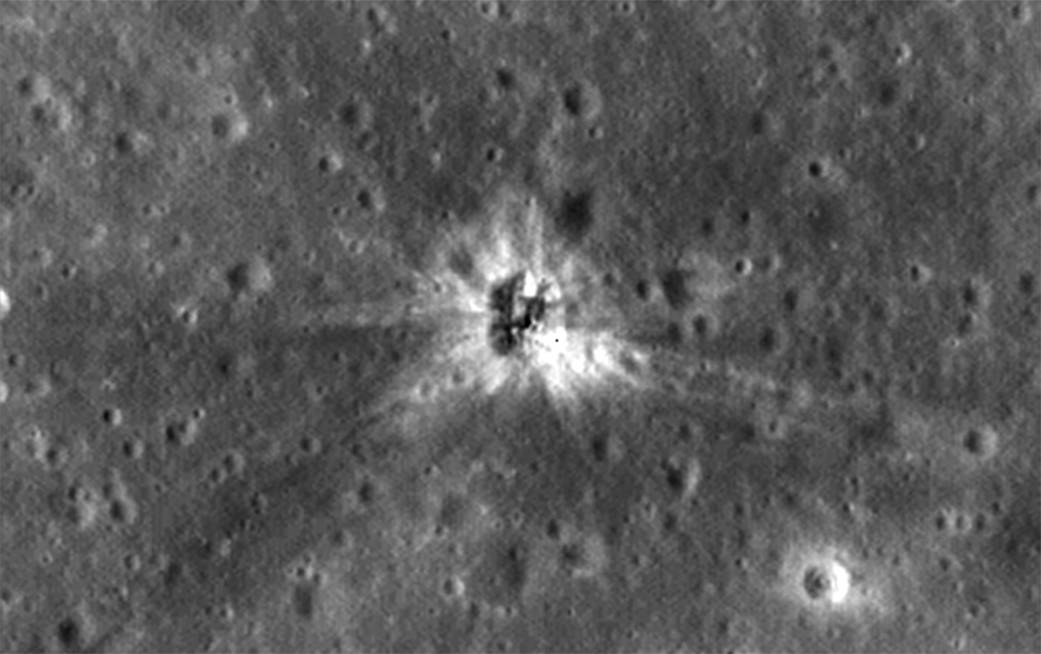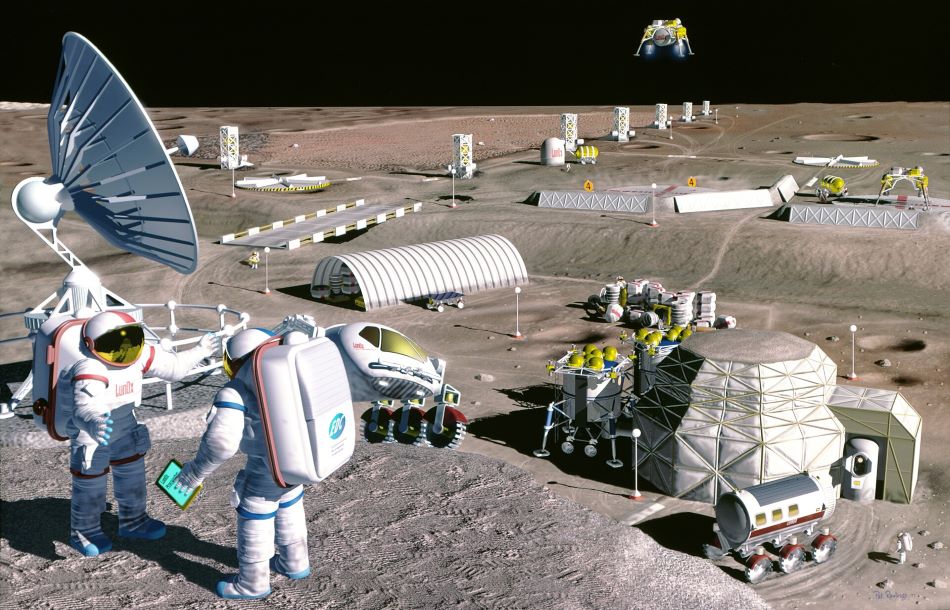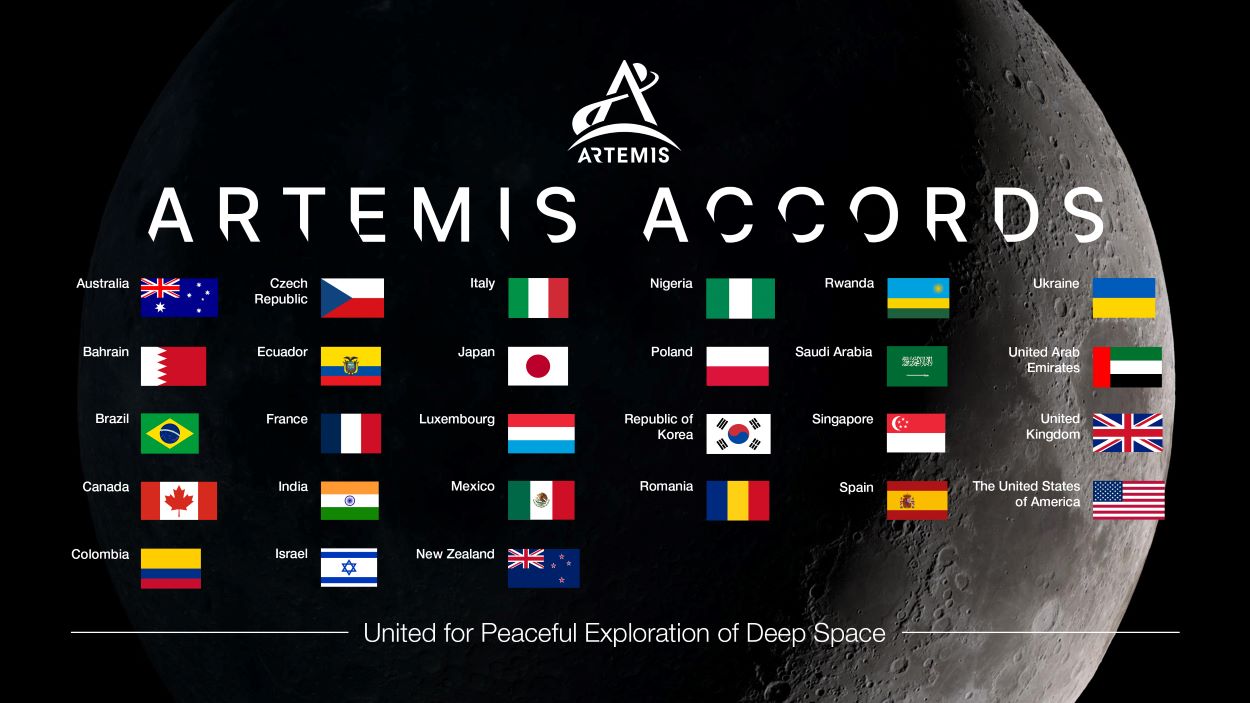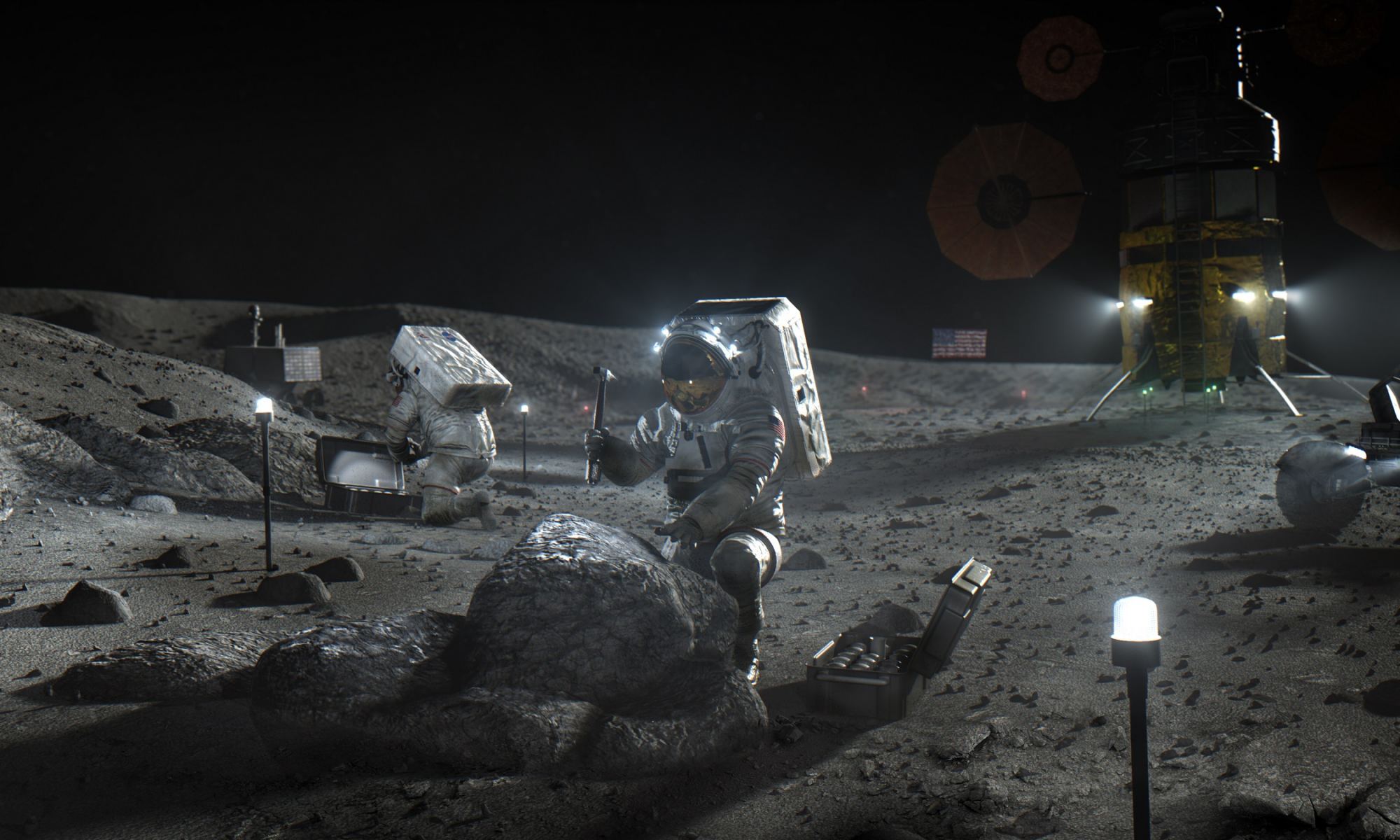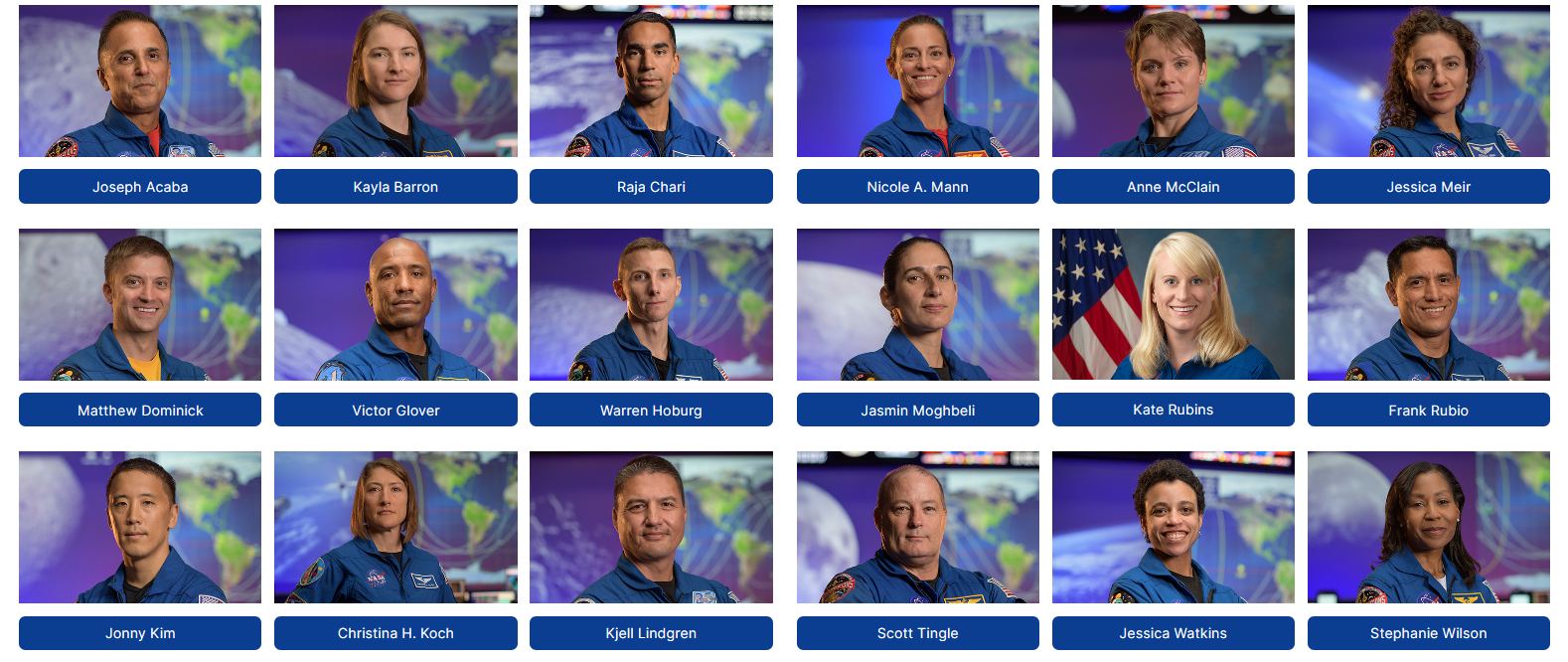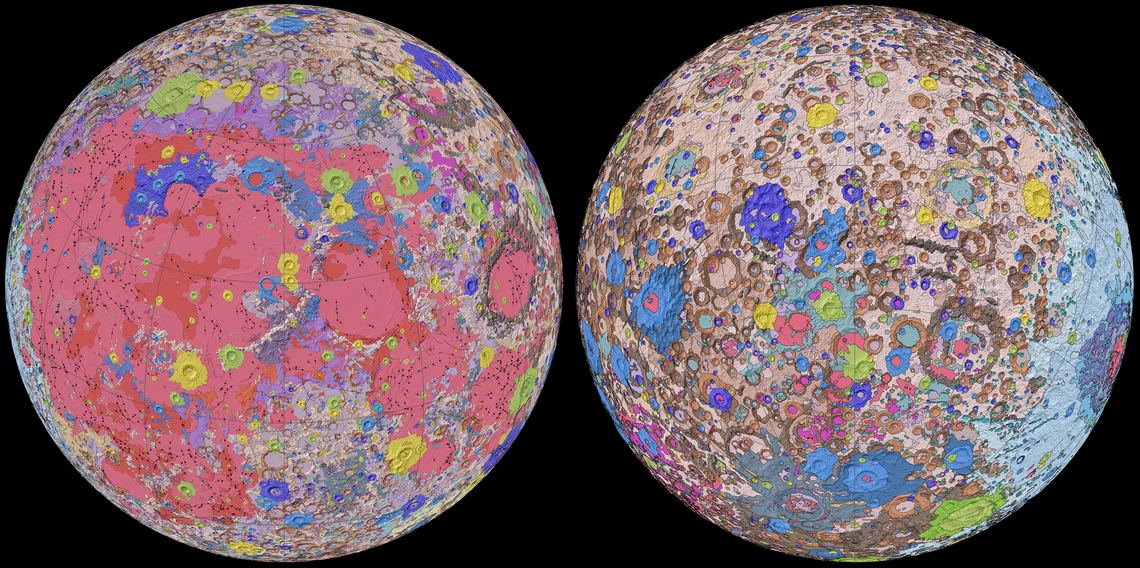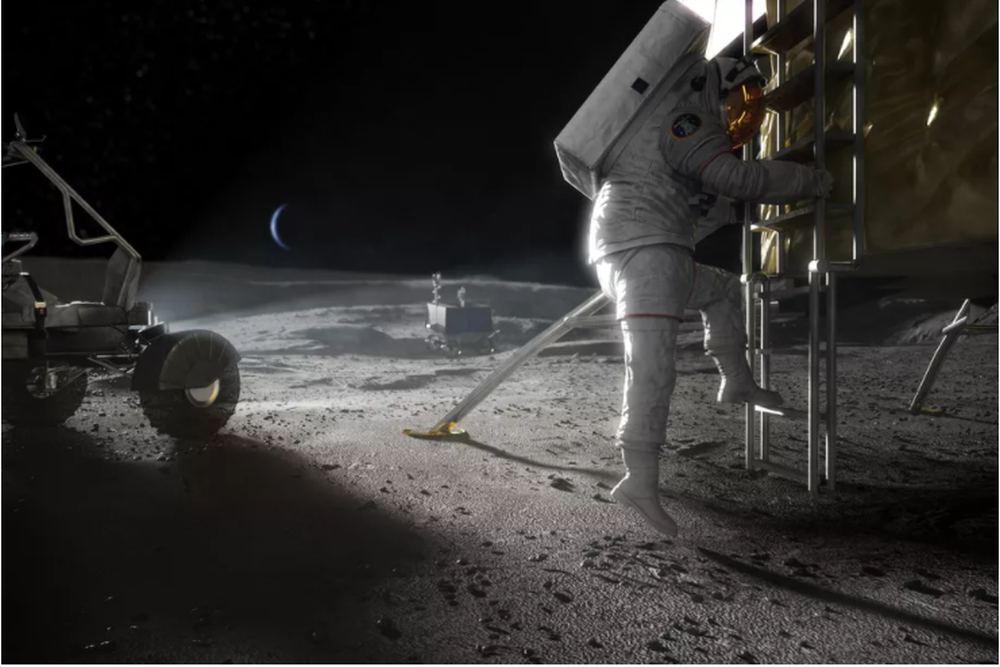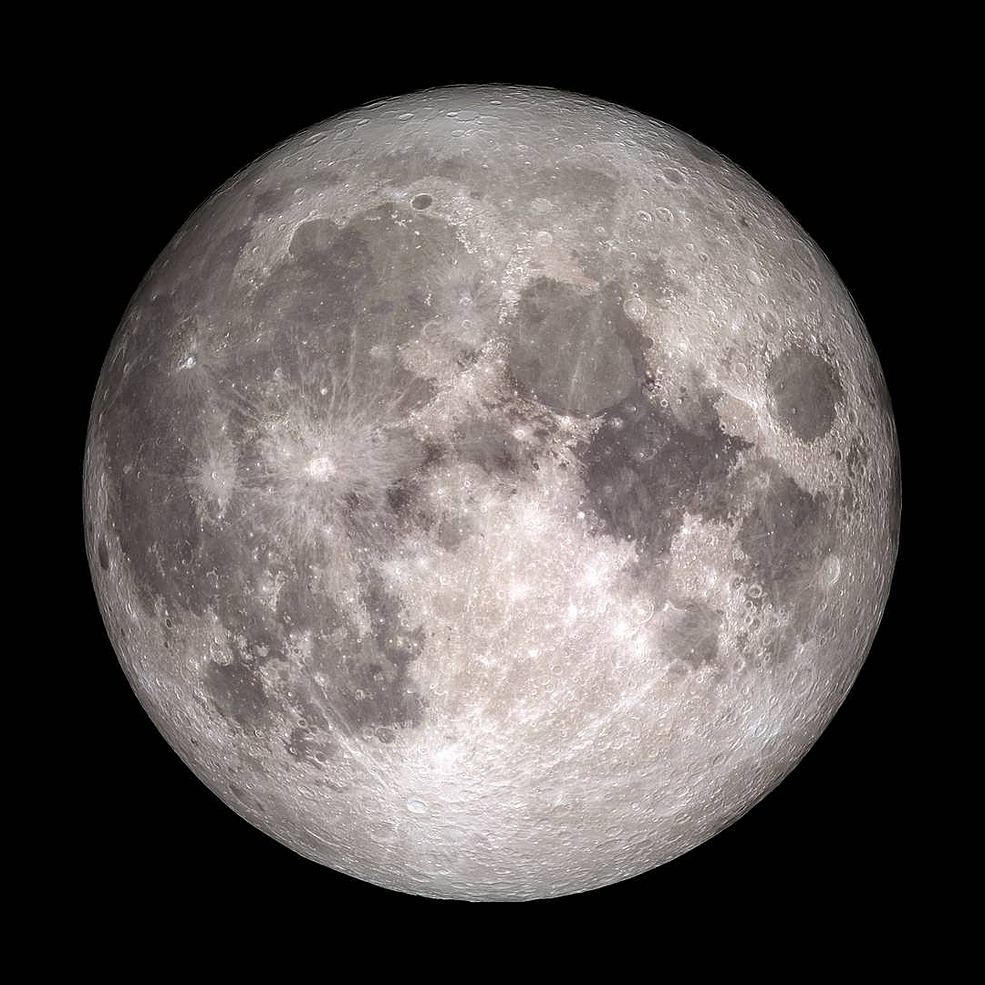With the closing of the Apollo Era, the priorities of the world’s space agencies began to shift. Having spent the past two decades racing to send astronauts to orbit and to the Moon, the focus now changed towards developing the technologies needed to stay there. A new era of international cooperation, space stations, and partnerships between space agencies and the commercial industry is what followed.
In the near future, things are expected to become even more interesting, with plans for the commercialization of Low Earth Orbit (LEO), the mining of Near-Earth Asteroids (NEAs), and the establishment of a permanent human presence on the Moon. Beyond the logistical and technical challenges this poses, there’s been no shortage of concern about the legal issues and implications this will raise as well.
To this end, a group of legal scholars and space experts recently came together to form the Space Court Foundation (SCF), a non-profit educational organization created to foster a conversation about these and other related space issues. By beginning the conversation now, they hope, the public will be able to play an active role in the burgeoning and evolving domain known as “space law.”
Continue reading “The Space Court Foundation is Now in Session!”


